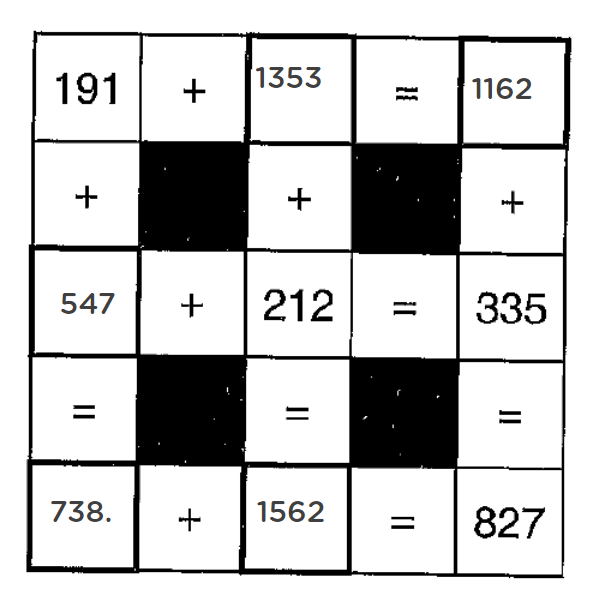
The Mistake
Students don’t know how to read equations, and when they see two numbers they habitually add them together. Any blank is there as the result of an operation. The equals sign just means “make sure that you do this operation.”
How I Addressed It
My goal is to help students connect equations to the notion of equivalence — something that students in my experience already come into my classes with a decent understanding of, whether from experience or school.
I show this image, and talk about how we know that the pairs of apple buckets have the same number of apples (you can move one apple from one bucket to the other).


Then, we move to puzzles. I tried to leave different buckets “missing,” because I know that these are really four different types of problems. In particular, students are the most confused when the third bucket is missing (since they just tend to sum the first two numbers and put that in the third bucket).




Then, I want to nudge students towards connecting the arrow symbol to the equals sign and buckets to boxes of missing numbers:


This might also be a good time for this activity:

For an extra challenge, I ask students to only use the digits 0-9 each once.
Commentary
Every year I see this mistake in 3rd Grade. I’ve tangled with it over and over again, and I’ve also tangled with the research on the equals sign:
Does Understanding the Equal Sign Matter?
Equations and Equivalence in 3rd Grade
Ultimately, I don’t think the problem is in interpreting the equals sign exactly. It’s more about reading an equation, which is hard.
That said, I don’t want to ram directly into their rigid understanding of equals signs and equations, so I use arrows and buckets to help describe equivalence. Then, I just casually slide into using the equals signs and abstract equations in a similar way. That’s my current approach to making a change.
I used to have a big conversation in class about what the equals sign meant, but ultimately I became dissatisfied with that and moved to this approach.





